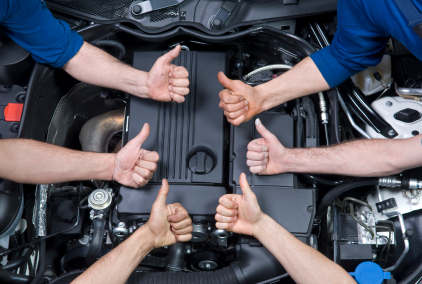
Replacement Transmissions at GotTransmissions.com
Every now and then someone ends up in a spot where a choice has to be made in regards to replacing your cars automatic transmission or replacing the car. An in depth evaluation of the whole car, it’s overall condition and determining if it is worthy of reclamation or be put to rest is in order.
First things first, if you really have good feelings for your car or truck or SUV then the idea of keeping the vehicle is probably more palatable, unless you don’t care about what car you drive or about cars at all.
If your car is already has one foot in the grave, then using such remedies as transmission rebuild in a can or ”bring your worn car back to life” supplements to treat multiple problems that are relatively serious, maybe it is time to replace the vehicle. But if the bulk of the car or truck is solid and the body is still in good shape, it makes sense to invest enough money to bring your vehicle up to snuff than taking on a loan payment.
Most people feel like they blew it a few months into a loan payment when they reconsider their decision, in retrospect. So, for all practical purposes even though the grass may look greener on the other side. After we get there, it was not so green after all.
Thus lies the fork in the road, or as my dad might have said, as you approach the biforkation, which road will you travel? Do you travel the fork that says replace the transmission or, do you travel the fork that says replace the car?
In most cases you are on the the greener grass now. Most folks don’t consider that a replacement tranny is an exiting operation to perform that can bring your car back to life. Once you feel the renewed power, increase fuel economy and overall feeling of making a great decision, it turns out you already had the solution right on your own grass.
One of my suggestions to anyone who opts to buy a replacement trans., whether it’s a rebuilt transmission or one of our low mileage used transmissions is to examine and then renew certain related components and hard to reach components when the transmission is out the vehicle.
The major components include renewing the cooling system, replacing the transmission mounts, and looking at every item bolted to the engine. Air conditioner compressor, water pump, power steering pump, alternator and the various other items under your hood.
Lets get down to brass tacks. Where do you buy engines that are reliable and affordable? Price is important, don’t get me wrong, but you can’t shop for a replacement transmission by price.
You have to shop for quality first.
Surprisingly enough, the most qualified suppliers of transmissions are very cost friendly. What I mean is that a qualified replacement transmission will last a long time, thus making it a great value.
My recommendation to anyone who needs to buy a replacement transmission would be to contact one of the professional transmission sales people at GotTransmissions.com and spend as much time discussing your needs with someone who genuinely can and wants to help you make the best decision for your interests. We welcome your calls and look forward to proving an education to all of our customers. Call us now at 866-320-1182.









